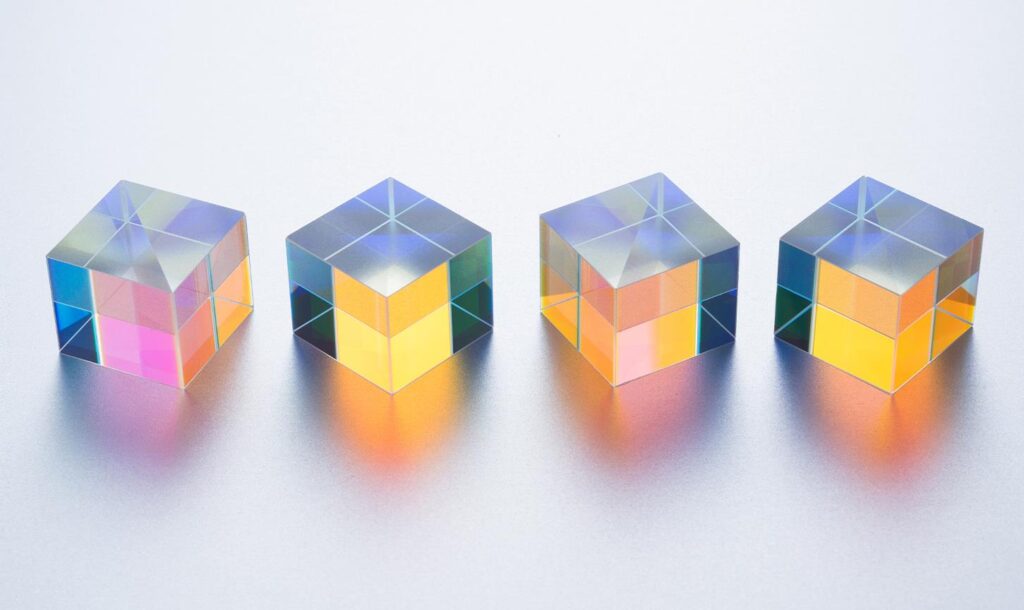Generative AI, the technology behind art-generating algorithms and lifelike chatbots, is rapidly pushing the boundaries of reality. While its potential seems limitless, its implications remain shrouded in complexity. To navigate this evolving landscape, we must ask four essential questions:
What does generative AI actually do?
Generative AI models are trained on vast amounts of data, learning to recognize patterns and relationships. They can then use this knowledge to create entirely new content, be it realistic paintings, captivating melodies, or even convincing text. This ability to mimic and invent makes generative AI a powerful tool for artists, designers, and even scientists. However, it also raises concerns about originality and authorship in a world increasingly populated by AI-generated creations.
Is generative AI ethical?
Bias lurking within training data can lead to harmful outputs. An AI trained on biased news articles might inadvertently generate racially offensive text. To address this, developers must ensure data diversity and actively combat bias. Furthermore, the potential for deepfakes and misinformation necessitates robust fact-checking mechanisms and clear transparency about AI-generated content.
Will generative AI steal human jobs?
While automation has historically replaced some jobs, it often creates new ones. Generative AI will likely follow this trend, potentially displacing roles in creative fields like writing and graphic design. However, it will also create demand for new expertise in managing and interpreting AI outputs. The key lies in embracing upskilling and reskilling initiatives to ensure a smooth transition for displaced workers.
Who owns the rights to AI-generated creations?
The legal landscape surrounding AI ownership is murky. Is an AI-generated poem the work of the programmer, the model itself, or even the data it was trained on? Clarifying copyright and intellectual property laws is crucial to incentivize innovation and protect the rights of all stakeholders involved.
Asking these questions is not about fearing generative AI, but about understanding its power and potential pitfalls. By engaging in open dialogue and responsible development, we can ensure that this transformative technology serves as a force for good, shaping a future where human and machine creativity flourish together.
